I have written a tool for displaying database structures using the GetTableNames and GetFieldNames methods of TSQLConnection. How can I get the types of each field name similar to the following list (which is part of the DDL required to build the table)?
TABLE: ARTICLES
ID INTEGER NOT NULL
PRINTED SMALLINT DEFAULT 0
ACADEMIC SMALLINT
RELEVANCE SMALLINT
SOURCE VARCHAR(64) CHARACTER SET WIN1251 COLLATE WIN1251
NAME VARCHAR(128) CHARACTER SET WIN1251 COLLATE WIN1251
FILENAME VARCHAR(128) CHARACTER SET WIN1251 COLLATE WIN1251
NOTES VARCHAR(2048) CHARACTER SET WIN1251 COLLATE WIN1251
